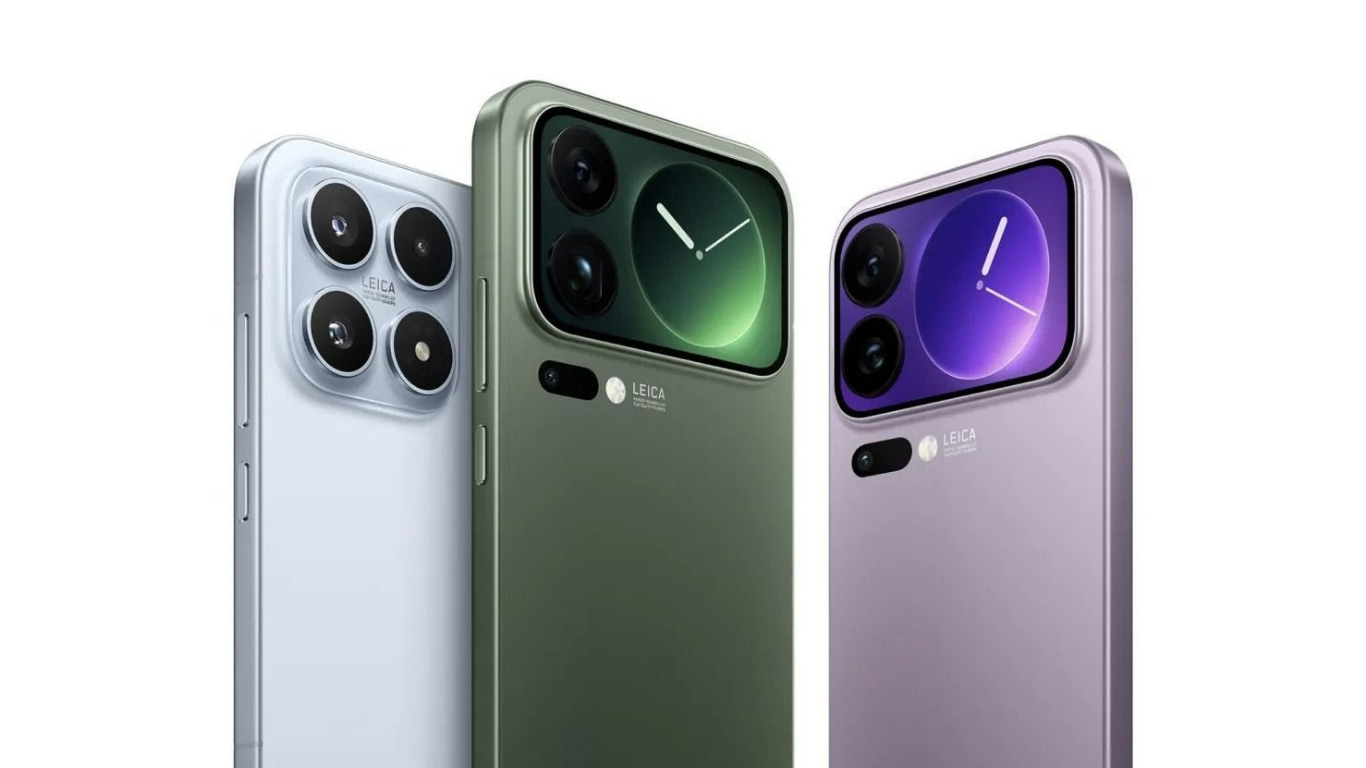If you’ve spent any time on Indian social media, you’ve probably stumbled across the cheeky phrase “Mi ka baap kaun hai?” It’s not just a playful jab; it’s a full-on battle cry in the world of smartphones. Fans, tech nerds, and even casual users love to argue about which brand rules the roost, especially when it comes to Xiaomi’s Mi series. This question, dripping with desi swagger, isn’t just about crowning a winner – it’s about the fierce competition that’s shaped India’s smartphone market. Back in 2014, Xiaomi stormed into India with budget phones that packed a punch, shaking up giants like Samsung and Apple. But who’s the real boss? Is it Mi, with its affordable yet feature-rich devices, or another contender that’s stealing the show? Let’s break it down, from Mi’s meteoric rise to the brands vying to outshine it, and see if we can answer who’s the “baap” in this tech tussle.
The Indian smartphone scene is like a masala movie – full of drama, twists, and loyal fan bases. Mi’s story began with the Mi 3, a phone that sold out in seconds on Flipkart, making it the underdog hero for budget buyers. But as brands like Realme, Oppo, and even OnePlus upped their game, the question of dominance got murkier. It’s not just about specs; it’s about value, trust, and that desi connect. So, grab your chai, and let’s dive into this spicy rivalry to figure out who’s calling the shots.
Mi’s Meteoric Rise: The Budget King
When Xiaomi launched in India, it was like a new kid on the block who suddenly became everyone’s best friend. The Mi 3, priced under ₹15,000, offered a Snapdragon processor, a sleek design, and a camera that could rival pricier phones. It was 2014, and people were tired of overpaying for Samsung’s mid-range models or Apple’s premium dreams. Mi’s flash sales created a frenzy – phones sold out in minutes, and fans camped online like it was a Coldplay concert. By 2017, Xiaomi was India’s top smartphone brand, thanks to models like the Redmi Note 4, which gave you a big battery, decent performance, and change left for a movie ticket. Their secret? Listening to Indian users. Big screens for YouTube binges, long battery life for tier-2 city commutes, and prices that didn’t burn a hole in your pocket.
But Mi wasn’t just about cheap phones. They built a vibe – think “Mi Fan” communities, social media banter, and updates based on user feedback. Their MIUI software, though sometimes bloated, let you customize everything, from themes to app icons. By 2020, Mi held 30% of India’s smartphone market, selling millions of units. Yet, the “baap” question lingered as competitors caught up. Brands like Realme started offering similar specs at even lower prices, and Mi faced flak for ads in MIUI. Still, their knack for balancing cost and quality made them a household name, setting the stage for others to challenge their throne.
The Contenders: Who’s Challenging Mi?
If Mi is the king, who’s knocking at the castle gates? Realme, for one, came out swinging. Launched in 2018 as an Oppo offshoot, Realme copied Mi’s playbook – low prices, high specs, and youth appeal. Their Narzo series and Realme 7 Pro, with its AMOLED display and 65W fast charging, gave Mi a run for its money. Then there’s OnePlus, the premium cousin. Once a niche “flagship killer,” OnePlus shifted gears with the Nord series, targeting Mi’s mid-range turf. Their clean OxygenOS and 5G-ready phones won over urban buyers who wanted a smoother vibe than MIUI’s ad-heavy interface.
Samsung, the old guard, didn’t sit quiet either. Their M and A series, like the Galaxy M31 with its massive 6000mAh battery, were built for India’s value-driven market. Even Vivo and Oppo, with their selfie-focused cameras, carved a niche among Gen Z. Each brand brought something new – Realme’s speed, OnePlus’s polish, Samsung’s reliability. But here’s the kicker: none matched Mi’s sheer volume or distribution muscle. Xiaomi’s offline stores and service centers popped up in every town, making phones accessible from Delhi to Dhanbad. Still, the rivals kept the heat on, forcing Mi to innovate or risk losing its crown. The “baap” debate? It’s less about one winner and more about who’s winning hearts in different corners of India.
The Indian Consumer: The Real Boss
Let’s be real – the true “baap” isn’t a brand; it’s the Indian consumer. With 600 million smartphone users by 2025, India’s market is a goldmine. Buyers here are savvy, juggling Jio’s cheap data, Instagram trends, and tight budgets. They want it all: 5G, good cameras, long battery life, and a price that doesn’t scream “EMI only.” Mi nailed this early, offering phones like the Redmi 9 that checked every box for under ₹10,000. But consumers are fickle. Complaints about Mi’s bloatware or Realme’s aggressive pricing can shift loyalties overnight. Social media fuels this fire – memes about “Mi ka baap” trend when a new phone drops, with fans hyping their brand like it’s India vs. Pakistan.
What makes India unique is its diversity. Tier-1 cities love OnePlus for its premium feel; rural buyers stick with Mi or Samsung for service reach. Women often pick Vivo for selfies; gamers chase Realme’s high-refresh-rate screens. Brands know this, so they tailor phones for every segment. Mi’s Redmi Note series still leads for its all-rounder appeal, but the gap is narrowing. Posts on X show fans debating endlessly – some call Realme the new “baap” for value, others swear by OnePlus for experience. The consumer’s voice, loud and proud, decides who stays on top. Brands that listen, adapt, and deliver? They’re the ones who survive the “baap” test.
The Future: Can Mi Stay the King?
So, where does this leave us? Mi’s still a giant, with a 25% market share in 2025, but the crown’s wobbling. Realme’s pushing hard with 5G phones under ₹15,000, and Samsung’s betting big on foldables and budget models. OnePlus keeps luring Mi’s premium buyers with Nord’s clean software. Then there’s the China factor – some Indian buyers prefer Samsung or Apple for “non-Chinese” branding, especially after border tensions. Mi’s fighting back, though. Their Xiaomi 14 series blends flagship power with mid-range pricing, and they’re doubling down on local manufacturing to win trust. But the ad-heavy MIUI and occasional quality gripes hurt their rep.
Looking ahead, the “baap” title will go to whoever nails 5G, sustainability, and user trust. X posts show fans want bloatware-free software and better after-sales service. With Jio and Airtel pushing 5G, brands that deliver affordable, future-ready phones will lead. Mi’s got the edge for now – scale, reach, and loyalty – but the race is tight. The real winner? We, the consumers, get better phones, lower prices, and a front-row seat to this epic tech drama. So, “Mi ka baap kaun hai?” Maybe it’s not one brand – it’s the fight itself, keeping innovation alive and phones in our hands.
FAQs
What does “Mi ka baap kaun hai” mean?
It’s a playful Hindi phrase asking “Who’s the boss of Mi?” – a nod to which smartphone brand outperforms Xiaomi’s Mi in India’s competitive market.
Why is Xiaomi’s Mi so popular in India?
Mi offers budget-friendly phones with strong specs, big batteries, and wide availability, appealing to India’s price-conscious buyers.
Which brands compete with Mi in India?
Realme, OnePlus, Samsung, Vivo, and Oppo are key rivals, each targeting different price points and features like 5G or cameras.
Is Mi still the top smartphone brand in India?
As of 2025, Mi leads with a 25% market share, but Realme and Samsung are closing the gap with competitive models.
What do Indian consumers want in smartphones?
They prioritize affordability, 5G support, good cameras, long battery life, and reliable after-sales service.




